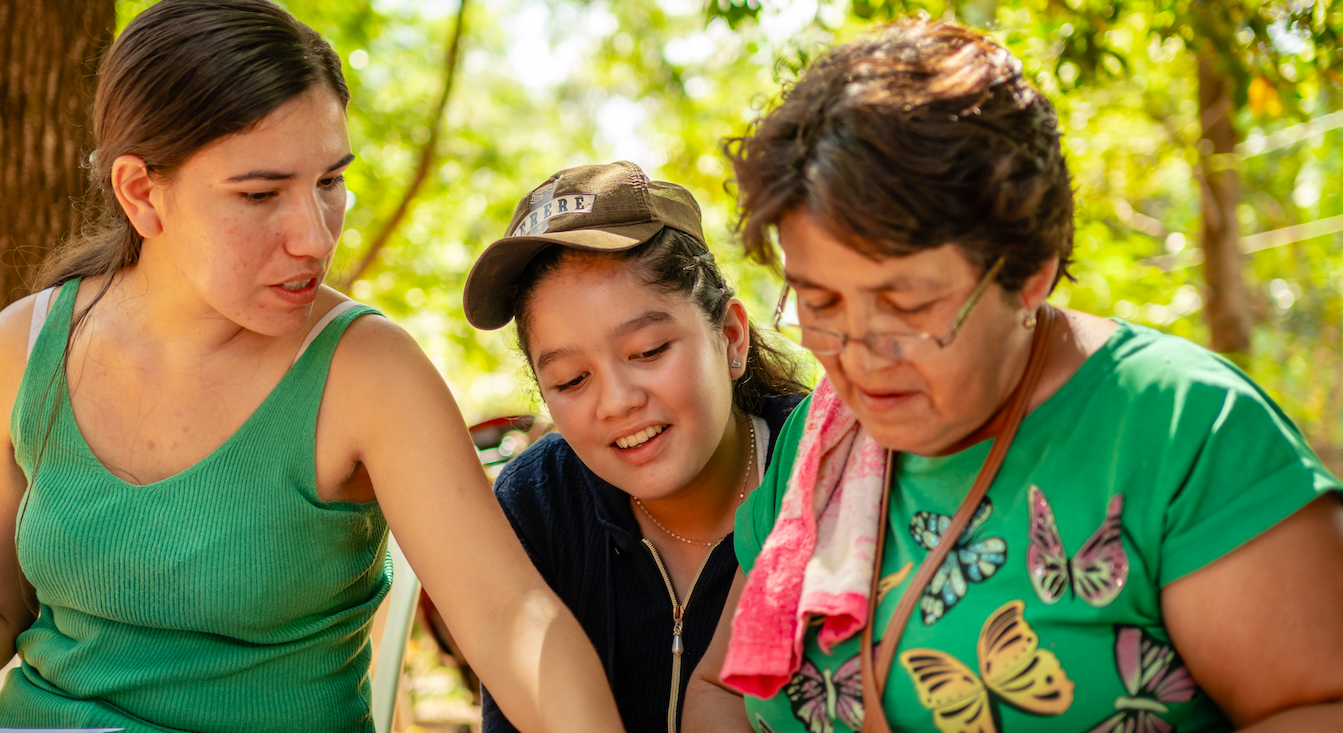Written by: Robert Haudry de Soucy, Co-Founder & Chief Climate Action Officer.
Toward a Regenerative Balance
Creative efforts in Green and Blue Finance suggest that ethics is not an outdated subject for Financial Institutions. On the contrary, a renewed ethical framework can lead to new business models and sustainable markets in a world of constant innovation.
Numerous financial institutions, companies, shareholders, and organizations are taking an ethical stance: we can no longer do business as usual. They argue that business must stop contributing to the destruction of the planet. We can no longer assume that the negative externalities of our operations—such as fossil fuel consumption, water and soil pollution, and biodiversity loss—come at zero cost. These negative impacts, as well as the positive externalities, can and should be accounted for.
The challenge for companies is to redefine their mission and objectives, and to build new businesses with a long-term vision—understanding themselves as living organisms that can either contribute to life or to its destruction, and recognizing their role as integral parts of complex economic and biotic ecosystems. For financial institutions and enterprises that are aware of this, the ultimate, measurable goals of green finance—or more accurately, regenerative finance—are, at their core:
Decarbonize and regenerate life: increase biomass and biodiversity.
These goals are achieved by generating new business models that, while satisfying shareholders, customers, and ecosystem stakeholders, create a virtuous environment of multiplication of biotic, social, and sustainable economic life.
The main constraint to realizing these new business models and driving regenerative changes is not the lack of awareness, will, transformative ethics, or innovative technologies; it is the lack of markets that reward life and operate with pricing systems that recognize positive externalities and reject biocidal activities.
The current ecosystems, in which financial institutions, businesses, consumers, regulatory bodies, and control entities are embedded, still do not respond to the new objectives. While markets—those that will make proactive climate action profitable—are weak, biased, and, in some cases, even have perverse incentives.
In this transition phase, there is already a certain market for decarbonization (green bonds, green funds, etc.), but there are no significant markets for the regeneration of life in the so-called "green and/or blue economy." One way to encourage the development of these markets is through public policies, major international climate agreements, or compliance with national environmental standards. However, progress can also be made from businesses and financial institutions. A humble and concrete way to do this is to begin calculating the contributions of each financial institution, meaning conducting an annual balance of each institution's contributions to decarbonization and the regeneration of biotic life.
Advances, good practices, doubts, and limited sustainability evidenced
The multiple and rigorous reports of "greenwashing" seem to suggest that there are few relevant advances in green finance. While not undermining the value of these findings, there is also good news showing that many financial institutions have moved from indifference to proactive actions to build regenerative finance.
The growing development of alternative energies (particularly wind and photovoltaic) has gone hand in hand with resources from numerous financial institutions (FIs) that integrate into ecosystems of sustainable energy generation and contribute to decarbonization. Insurance companies—full members of the financial system—and consortia with various ecosystem actors have developed innovative responses to climate disasters. An example of this is the hurricane insurance scheme in the state of Quintana Roo, Mexico, which includes governments, banks, environmental regulators, environmental organizations, hotels, fishermen, and others.
Some elements that could accelerate processes and make a difference:
Markets are created by economic ecosystems, new ethical values, consumers, and regulators operating in consortium. Here, financial institutions (FIs) and their shareholders play a significant role, as they regularly conduct portfolio analysis and financial statements. Some of them are progressively orienting themselves towards analyzing and balancing their contribution to environmental action. Doing this with their clients and other ecosystem actors would allow them to assess the durability of these achievements and how they will affect prices and relative profitability in a rapidly changing world.
The idea of an annual contribution balance to climate action, initially focused on contributions to decarbonization and life regeneration, mobilizes capacities within financial institutions (FIs) and their shareholders, ecosystem partners, and regulatory bodies. It can be carried out in a simple way in terms of portfolio analysis in fossil fuels and alternative energy, and requires the support of partners for the goal of life regeneration (biomass, water quality, biodiversity).
It seems feasible to collaborate with ecosystem members to conduct an analysis of the compliance with the regenerative finance goals of a specific financial institution and to draw inferences about the sustainability and permanent improvements to the ecosystem.
A contribution balance to climate change from regenerative finance, accompanying the annual financial statements, may be a modest tool, but it helps activate the new markets that ensure the life of all living beings and of responsible and creative financial institutions (FIs).
To learn more about our initiatives, follow us, reach out, and share.


